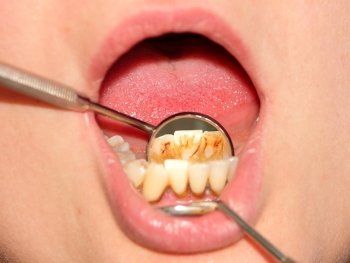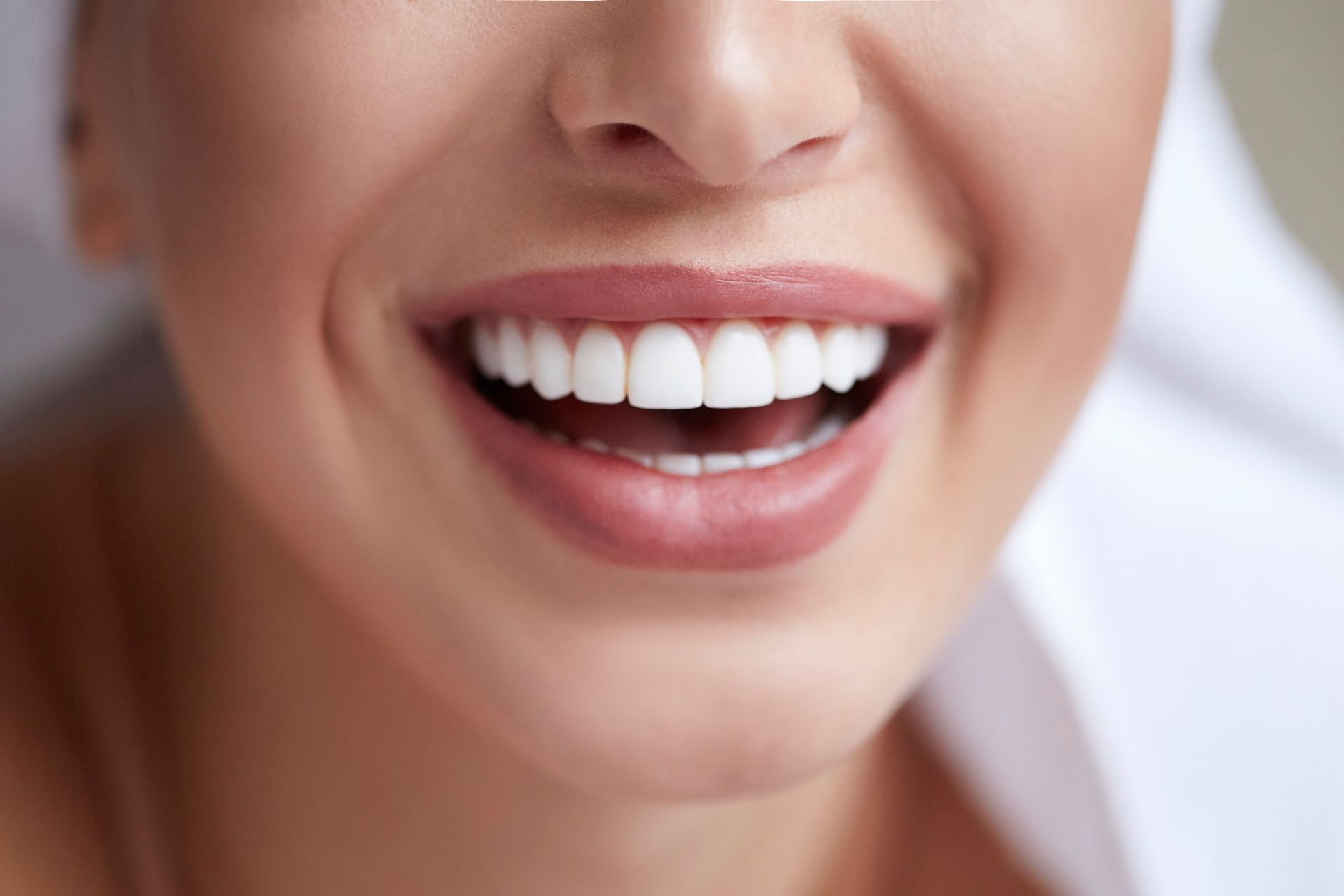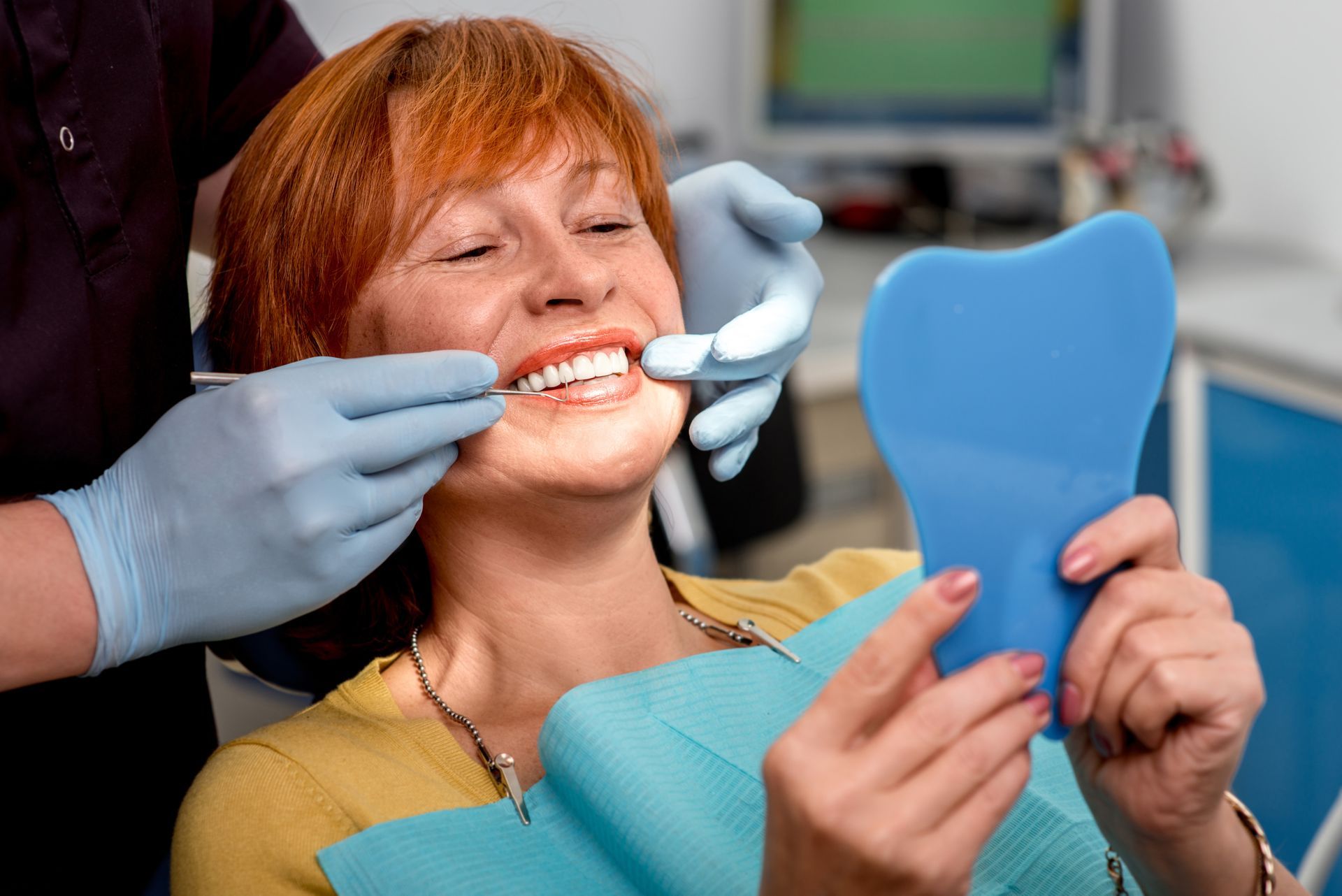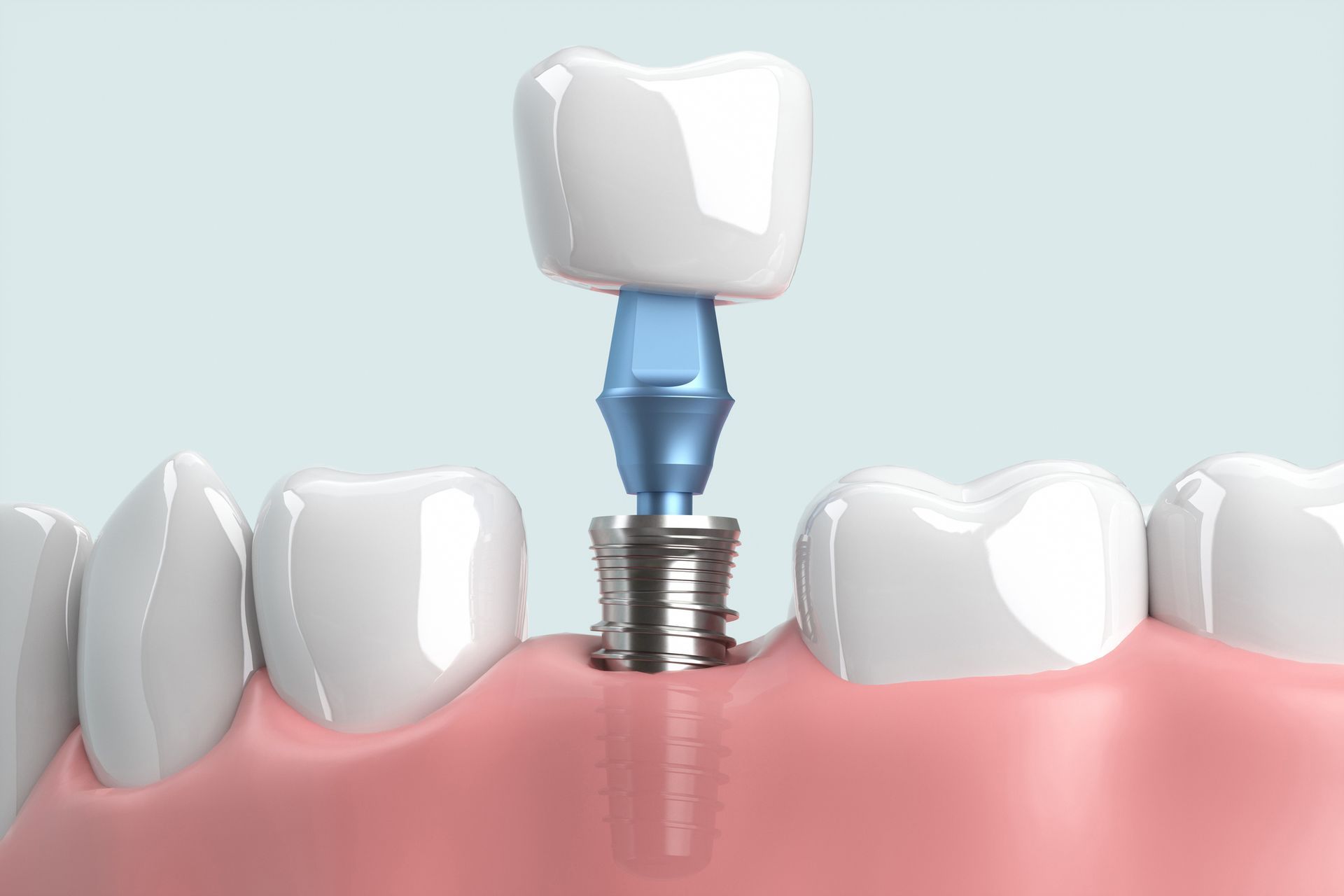SPOTTING SIGNS OF GINGIVITIS
- By Admin
- •
- 30 Apr, 2015

Each time you see your dentist for a dental cleaning, you are protecting your gums from the dangers of periodontal disease. Though this condition can cause tooth loss, a consistent oral hygiene routine and regular dental checkups can stop it before it leads to permanent dental damage. Gingivitis is the first stage of periodontal disease, but periodontal treatment in Naples can reverse it. Seeking dental treatment as soon as you notice the warning signs of gingivitis is key to preserving your oral health.
Red Gum Tissue
Gingivitis normally causes no pain, so you must pay close attention to its visible signs. When gum tissue is healthy, it will typically be a light pink color. As gingivitis progresses, your gums may take on an increasingly darker shade of red. Even if you sense no discomfort, make an appointment with a periodontist. Periodontal treatment for gingivitis often involves removal of the plaque and bacteria responsible for the inflammation that causes your gums to turn red.
Gums That Bleed Easily
Gum inflammation can irritate your gums to such a degree that they may bleed from even minor contact. As a result, you might notice blood when you brush or floss your teeth, or you might see the foam from your toothpaste take on a pinkish hue. This is your toothpaste mixing with the blood from your gums. More importantly, it is a warning sign that you require periodontal treatment to stem further damage from gum disease.
Gum Recession
When plaque builds on your tooth enamel, the inflammation that it causes can make gum tissue pull away from the gumline. This symptom of gingivitis may make your teeth appear longer. As the gums pull away, the teeth’s more vulnerable roots become exposed. This can quickly lead to tooth decay, infection, and sensitivity. Gum recession may also indicate that your condition is progressing into periodontitis, which can have permanent complications, so don’t wait to see your dentist for treatment. Once periodontitis develops, your risk for tooth loss greatly increases.













